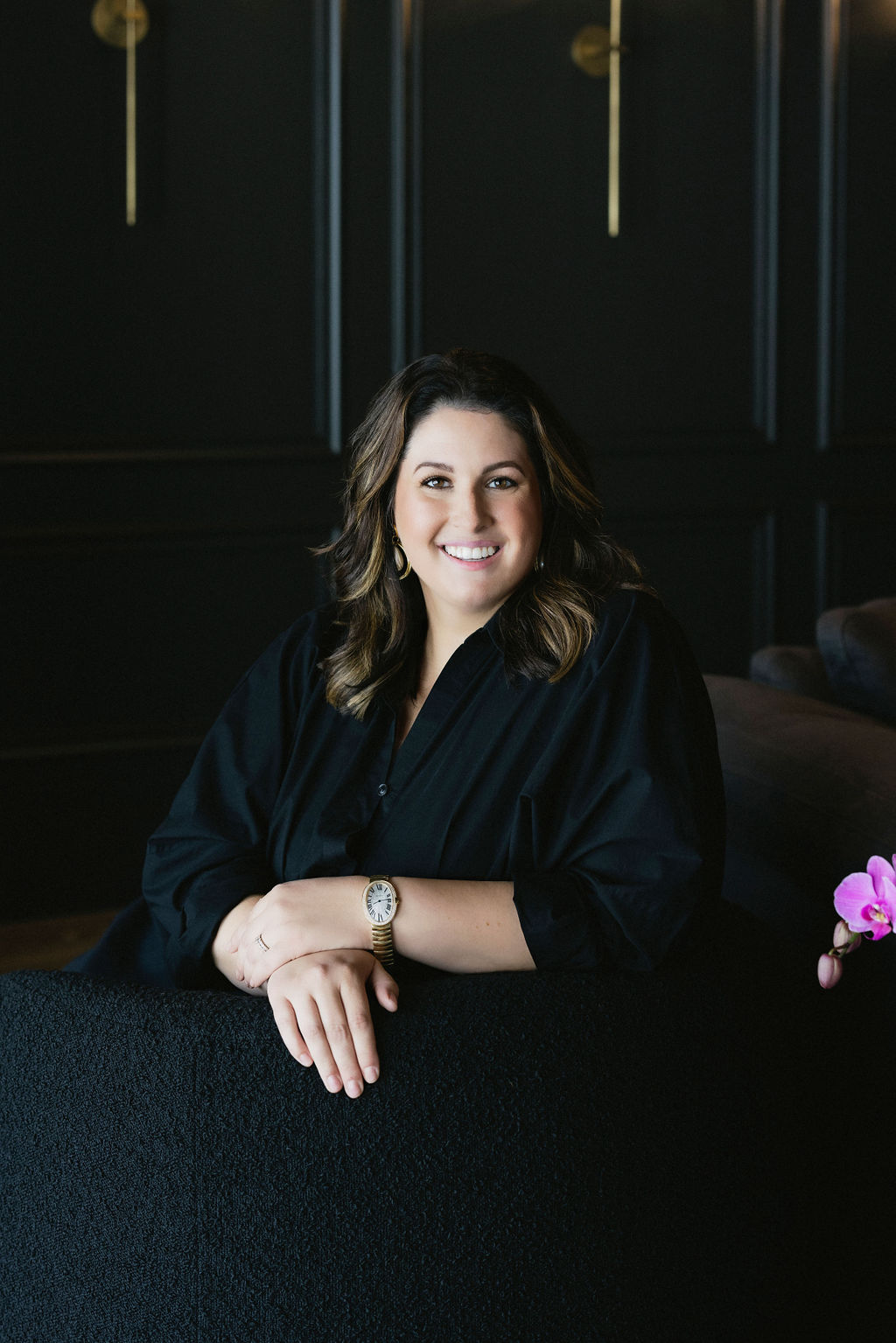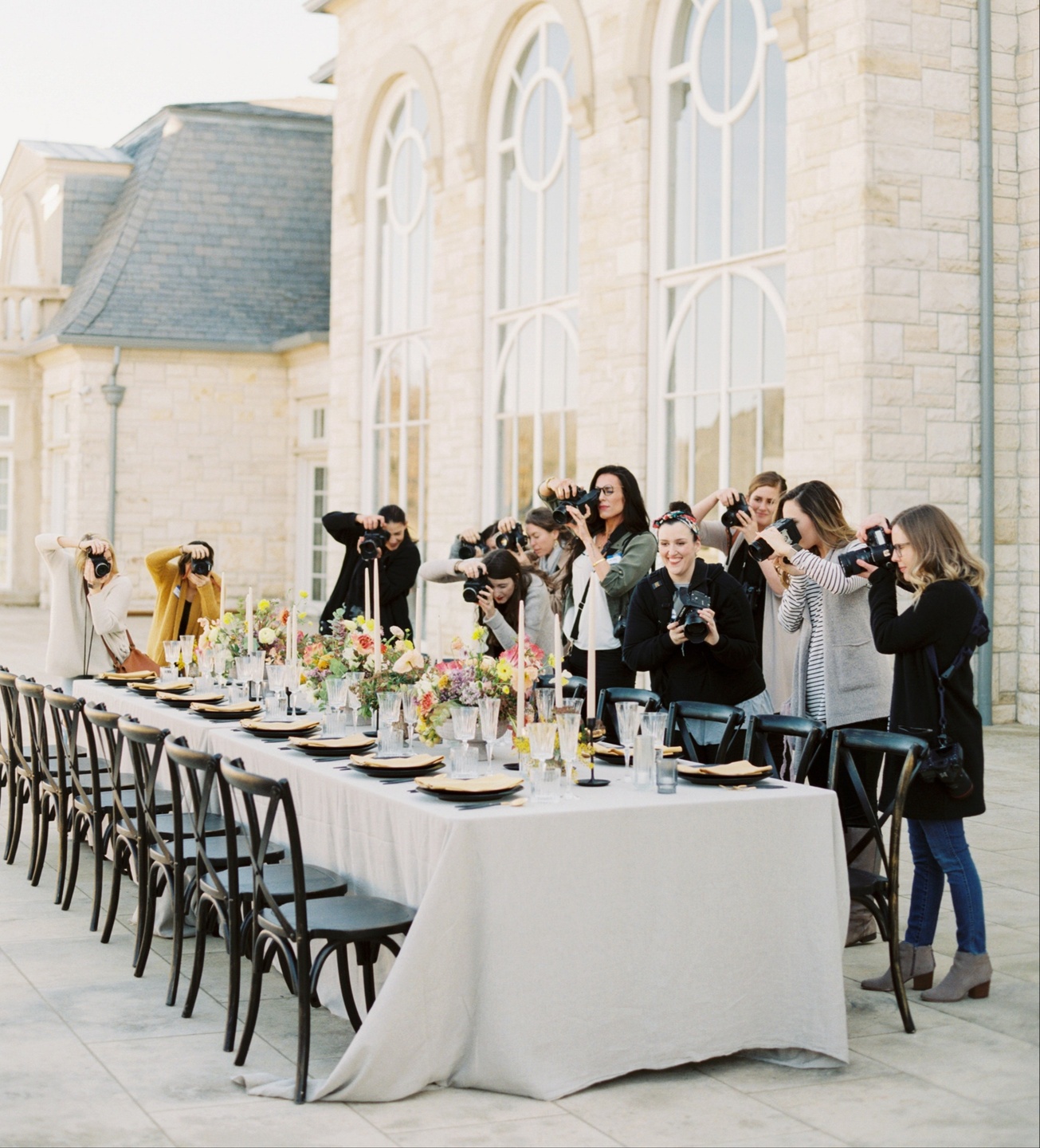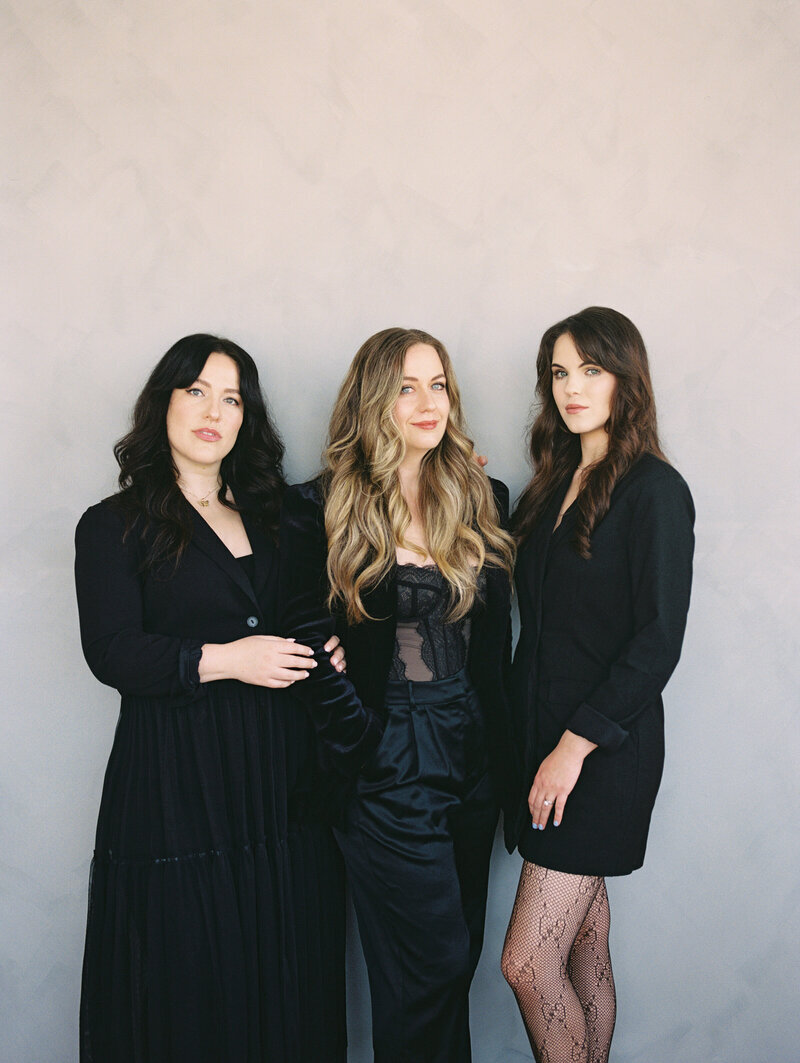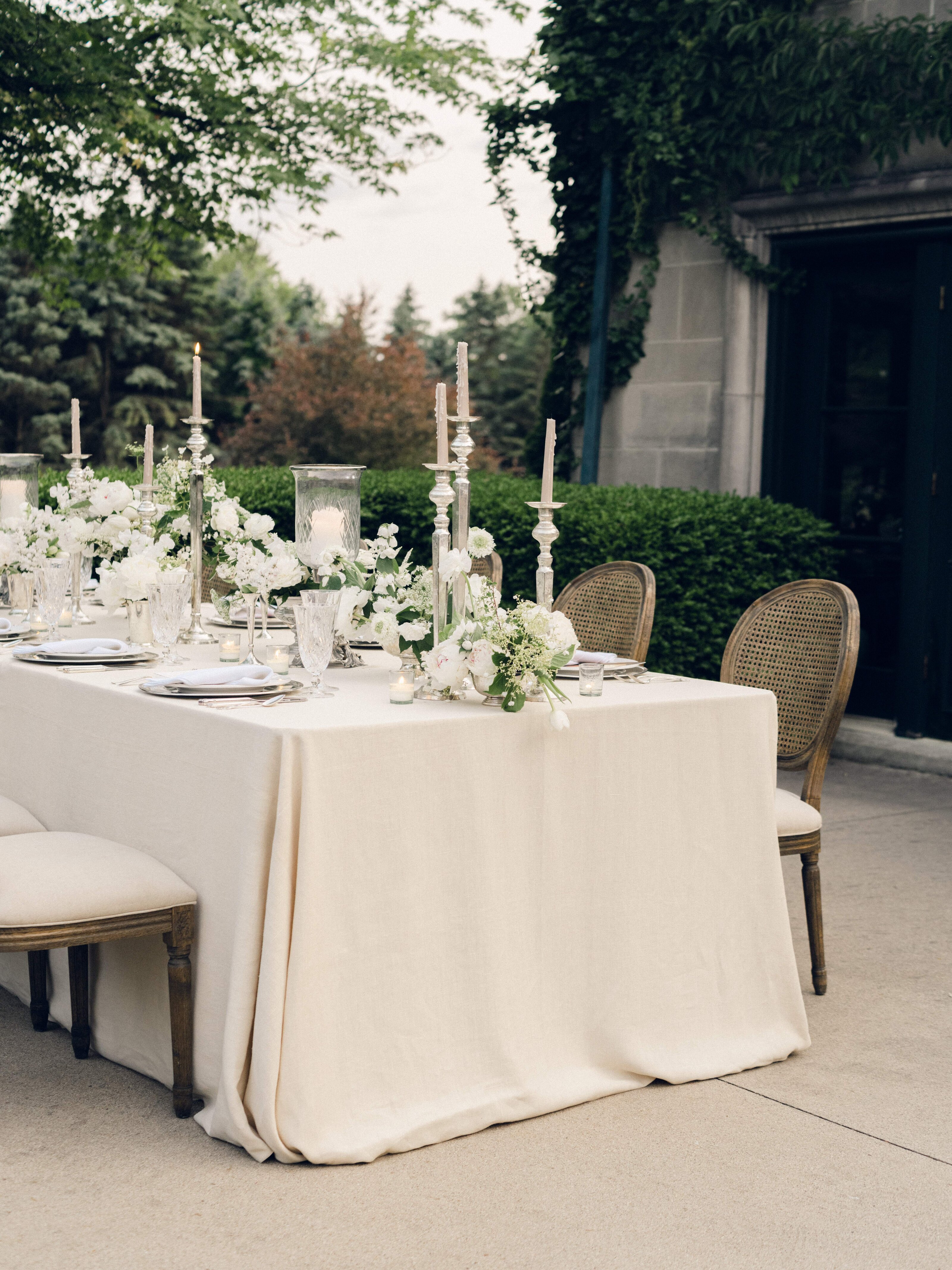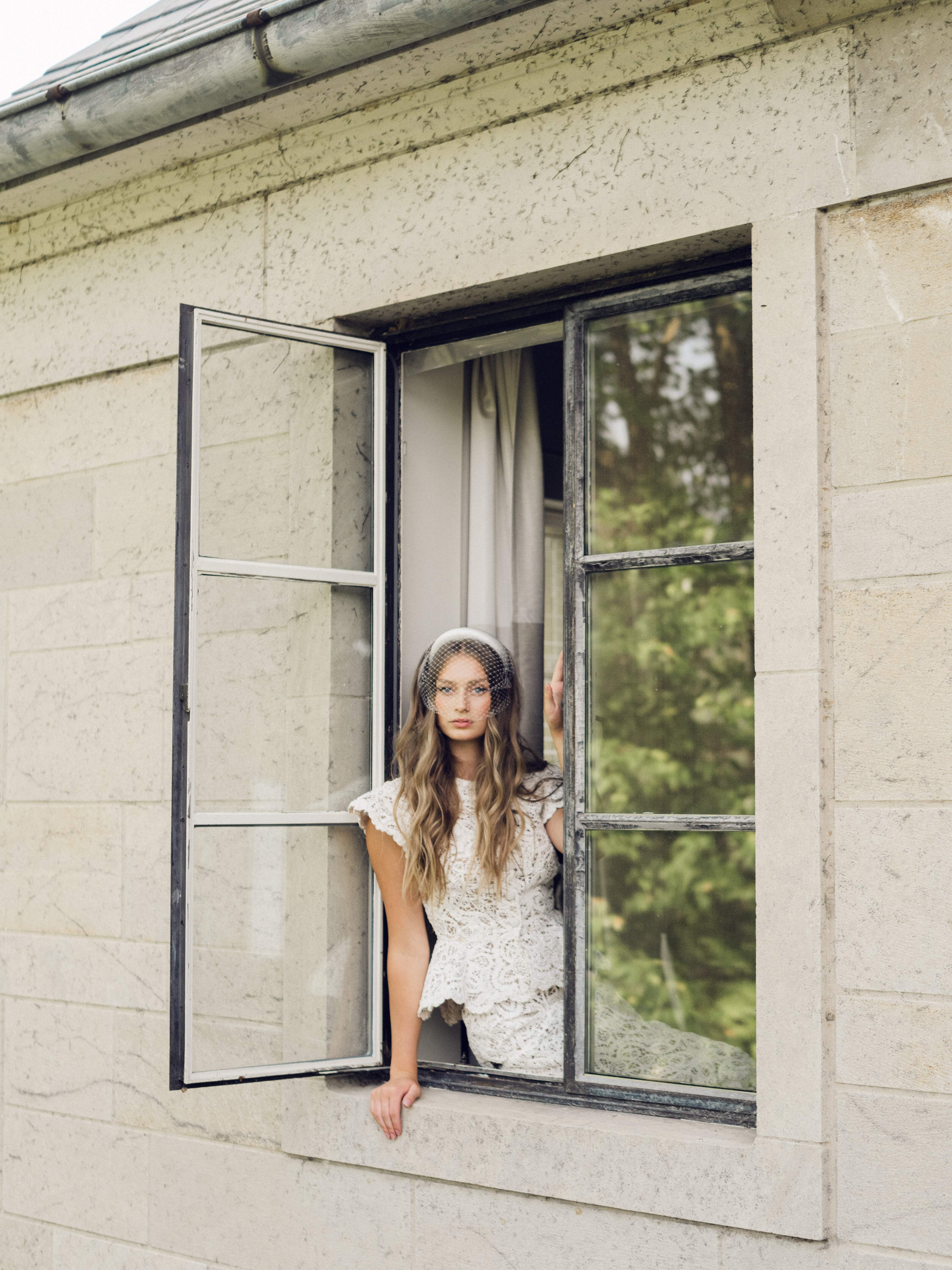
As a photographer, your website is often the first impression potential clients have of your work and brand. In today’s competitive market, having a stunning, user-friendly website isn’t just a nice-to-have—it’s essential. But how do you create a website that showcases your beautiful images and converts visitors into clients?!
We’re thrilled to share insights from our recent training with Jen Olmstead, the creative genius behind Tonic Site Shop and designer for major brands like Jenna Kutcher, Amy Porterfield, and Bossbabe. Jen’s expertise in creating high-converting, visually striking websites for photographers is unparalleled, and today, she’s sharing her top tips to help you elevate your online presence.
Whether you’re using Showit (our recommended platform) or another website builder, these tips will help you create a website that truly reflects the quality of your work and enables you to stand out in a crowded market. Let’s dive in!
Photography Website Tip No. 01 | The Foundation: Strategy Before Design
Before you even think about colors or fonts, you’ve got to develop a strategy. Your website needs to do more than just look pretty—it needs to convert visitors into clients. Here’s how to start:
Identify your ideal client: Take time to create a detailed client avatar. Who are they? What’s their age range? What are their interests? What problems are they trying to solve by hiring a photographer? Understanding your ideal client will inform every decision you make about your website, from the images you showcase to the language you use.
Need help with this? Check out our free quiz to discover insights on your ideal client’s Buyer Type + how to use that information to tailor your marketing and sales efforts →
Define your value proposition: What sets you apart from other photographers in your niche? Maybe it’s your unique editing style, your ability to make camera-shy clients feel at ease, or your knack for capturing candid moments. Whatever it is, articulate it clearly and make sure it’s prominently featured on your site.
Set clear goals: What do you want visitors to do when they land on your site? Book a consultation? Sign up for your mailing list? Browse your portfolio? Each page should have a clear purpose and guide visitors toward taking a specific action.
Photography Website Tip No. 02 | The Clarity Test: Can Visitors Understand Your Offer in Seconds?
In the age of short attention spans, clarity is QUEEN. Visitors should understand exactly what you offer within seconds of landing on your site. Here’s how to achieve that clarity:
Be direct about what you do: Instead of clever phrases like “Memory Maker” or “Light Chaser,” clearly state your profession. For example, “Wedding Photography in Austin, Texas” leaves no room for confusion.
Specify your ideal client: Don’t be afraid to niche down. If you specialize in “Elopement Photography for Adventure-Loving Couples,” say so! This helps the right clients find you and ensures you’re attracting the type of work you love.
Articulate your unique value: What can clients expect when working with you? Perhaps it’s “Timeless, Film-Inspired Photography” or “Candid, Photojournalistic Wedding Photography.” Be specific about your style and approach.
Avoid industry jargon: Terms like “golden hour” or “full-frame” might be second nature to you, but they could confuse potential clients. Stick to language that resonates with your target audience.
Photography Website Tip No. 03 | Visual Hierarchy: Guide Your Visitors’ Eyes
Design isn’t just about making things look pretty—it’s about guiding your visitors through your site meaningfully. ‘Cause a pretty site that doesn’t have an intuitive, user-friendly experience is just a wasted opportunity!
Use larger fonts for the most important information: Your headline and primary sales messages should be the largest text on the page. It will immediately draw the eye and communicate what’s most important. For example, your homepage might have “Fine Art Wedding Photographer” in large, bold text, followed by a smaller subheading that further explains your unique approach.
Incorporate white space to let your content breathe: Don’t be afraid of empty space on your website. White space (also called negative space) isn’t wasted space—it’s a powerful design tool. It gives your content room to breathe, makes your site feel more luxurious, and helps essential elements stand out. Use generous margins and spacing between elements to create a clean, uncluttered look. Less really is often more!
Use contrasting colors to draw attention to calls-to-action: Your call-to-action (CTA) buttons should stand out from the rest of your page. If your site has a neutral color palette, consider using a bold, contrasting color for your CTAs. For example, if your site is primarily black and white, a golden yellow CTA button will immediately draw attention.
Ensure your navigation is intuitive and easy to use: Your menu should be easy to find and use. Stick to standard conventions—most users expect to see navigation at the top of the page or in a hamburger menu on mobile. Use clear, concise labels for your menu items (e.g., “Portfolio,” “Services,” and “Contact” rather than clever but potentially confusing alternatives).
Photography Website Tip No. 04 | The Power of Social Proof
Don’t just tell visitors you’re amazing—show them! There are many ways to do this, so use a variety of social proof methods to build trust with website visitors.
Client testimonials (in their own words): Use actual words from real clients. Instead of generic praise, look for testimonials that speak to specific aspects of your service or the results you delivered. For example: “Sarah captured not just how our wedding looked, but how it felt. Looking at our photos brings back all the joy and emotion of the day.”
Bonus tip: Anywhere you make a claim about yourself or your service, try to closely follow it up with a testimonial from a client that proves that to be true!
Awards and recognitions: If you’ve won any industry awards or been recognized by reputable organizations, display these prominently. However, make sure they’re relevant to your potential clients. An award from a professional photography association might be more meaningful than a local “Best of” award.
Publications or features: If your work has been featured in wedding blogs, magazines, or other publications, showcase this. It adds credibility and shows that industry experts value your work.
Statistics: Numbers can be powerful. If you’ve photographed over 100 weddings, or if 90% of your clients are referrals, find clever ways to work those in on your site. They provide concrete evidence of your experience and client satisfaction.
Strategic placement: Don’t relegate all your social proof to a dedicated testimonials page! Sprinkle it throughout your site where it’s most relevant. For example, include a client quote about your calm presence on your “About” page or feature a testimonial about your stunning albums next to your product information.
Photography Website Tip No. 05 | Showcase Your Best Work
Your portfolio is the heart of your website, but once again? More is not always better.
Curate ruthlessly: Be your own harshest critic. Only showcase your absolute BEST images. It’s better to have a smaller portfolio of exceptional images than a larger one with mediocre quality.
Show what you want to shoot: Your portfolio isn’t just a record of past work—it’s a tool to attract future work. Showcase the types clients and events you want more of. If you want to shoot more destination weddings, ensure your portfolio reflects that. If you would be thrilled to never again shoot a barn wedding, take it off your site!
Looking to build your portfolio? Check out The Portfolio Building Glowup where we show you how to use styled shoots and editorials to fill your portfolio with images that will ACTUALLY attract your ideal clients! Learn more here →
Use high-quality, fast-loading images: There’s a balance to strike between image quality and load time. Use a tool like ShortPixel, JPEGMini, or Imagify to compress your images without noticeably affecting quality. Aim for file sizes under 200KB if possible.
Mix up your layouts: Use a combination of full-width images for impact and grid layouts to show variety. This creates visual interest and allows you to showcase different aspects of your work.
Show full galleries: Instead of only showing your highlight reel of favorite images, consider showcasing full weddings or sessions. This gives potential clients a better idea of your complete experience and builds tremendous trust. (Don’t be the next Sepia bride/photographer situation. Show full galleries whenever possible!)
Photography Website Tip No. 06 | Compelling Calls-to-Action (CTAs)
Every page on your site should guide visitors toward taking action. Here’s how to create effective CTAs:
Use action-oriented language: Your CTAs should inspire immediate action. Instead of “Contact,” try “Let’s Chat About Your Big Day.” Rather than “Services,” use “See How I Can Help.” These action-oriented phrases create a sense of momentum and engagement.
Make CTAs stand out: Use contrasting colors, button shapes, or subtle animations to make your CTAs pop. They should be impossible to miss as someone scrolls through your page.
Strategic placement: Don’t just put CTAs at the bottom of your pages. Include them throughout, especially after compelling information or emotional triggers. For example, after a particularly moving client testimonial, you might include a CTA like “Ready for Photos You’ll Treasure? Let’s Talk.”
Tailor CTAs to the user’s journey: Different pages might call for different CTAs. Your “About” page might have a CTA to learn more about your services, while your investment page could have a more direct “Get In Touch Now” CTA.
Consider secondary CTAs: While you want one primary CTA per page, consider adding secondary options. For example, if your primary CTA is “Book a Consultation,” a secondary one might be “Learn More” for those not quite ready to commit.
Photography Website Tip No. 07 | Mobile Optimization is Non-Negotiable
With more people browsing on mobile devices than ever before, your site MUST look great on all screen sizes.
Use responsive design: Platforms like Showit offer responsive design, meaning your site automatically adjusts to look great on any device. Most website platforms these days will offer responsive design (and if it doesn’t… keep looking), but yet another reason why Showit is the best? You can fully customize the mobile design of your site—move anything around, hide it, have different text sizes, ANYTHING! It’s way more powerful than most of the responsive site design options on the market.
Test on multiple devices: Don’t just check your site on your own phone. Test it on various devices and browsers to ensure a consistent experience. Tools like BrowserStack can be helpful for this!
Ensure text readability: Text that looks fine on desktop can become tiny on mobile. Ensure your font sizes are large enough to read comfortably on small screens without zooming. A minimum of 16px for body text is a good rule of thumb.
Make buttons and links tap-friendly: On mobile, fingers replace mouse cursors. Ensure all clickable elements are large enough to tap easily. Apple recommends a minimum size of 44×44 pixels for touch targets (aka things you need to tap on!).
Photography Website Tip No. 08 | Speed Matters
A slow website can drive visitors away before they even see your work. How many times have you tried visiting a website but it takes ages to load, so you just give up and leave?! (Guilty—we all do this a lot!) Here’s how to keep your site speedy:
Optimize images: Use appropriate file formats (JPEG for photographs, PNG for transparent graphics) and compress images without sacrificing quality. Tools like ImageOptim or web services like TinyPNG can help.
Minimize plugins and scripts: Every plugin or script you add to your site can slow it down. Only use what’s necessary and regularly audit your site to remove anything you’re not actively using.
Choose reliable hosting: Your hosting provider is crucial to your site’s speed. Look for hosts specializing in photographer websites or offer optimized WordPress hosting if you’re using WordPress (in case you didn’t know, Showit uses WordPress!).
Leverage browser caching: Set up browser caching so returning visitors load your site faster. Most good hosting providers offer this, or you can use a caching plugin on WordPress.
Photography Website Tip No. 09 | Tell Your Story
The “About” page is often one of the most visited pages on a photographer’s website. Make it count!
Share your passion: Explain why you love photography and what drives you to create. This helps potential clients connect with you on an emotional level. Make sure you tailor it to your ideal client’s buyer style so it resonates with them.
Include a professional headshot: People want to see who they’ll be working with. We beg of you, PLEASE don’t be the photographer who no one knows what they look like! Use a high-quality, approachable photo of yourself that aligns with your brand. (For example, if you’re trying to shoot luxury weddings, you should be dressed up in what you would actually wear to shoot their wedding—so jeans & a white t-shirt, barefoot? Probs not the move 😉)
Highlight your unique process: What makes working with you special? Do you have a unique way of helping camera-shy clients feel at ease? What makes you stand out from all the other photographers they might be looking at?
Connect your story to client benefits: While sharing personal details is great, always tie them back to how they benefit your clients. For example, if you love to travel, explain how that adventurous spirit helps you capture unique destination weddings.
Keep it scannable: Use headers, short paragraphs, and bullet points to make your About page easy to read. Not everyone will read every word, so make sure the key points stand out.
Photography Website Tip No. 10 | Keep It Fresh
Your website isn’t a “set it and forget it” project. Your website should be a living, breathing representation of your current work and offerings, and that means you’ve gotta update it often!
Regularly update your portfolio: Add your best recent work to your portfolio. This shows that you’re actively working and evolving as an artist. Plus, you’ll be more likely to share your website willingly with anyone who asks because you’re actually proud of the work you’re showing!
Blog consistently: A blog is great for SEO and showing your personality. Share recent sessions, offer tips for clients, or give behind-the-scenes peeks into your process.
Review and update your information: Regularly check that all your information is current, including pricing (if you have that on your site), services offered, and contact details.
Photography Website Tip No. 11 | Consistency is Key
Ensure your brand is consistent across all pages and platforms. This includes:
Color palette: Choose 2-3 primary colors and stick to them throughout your site. Use them consistently across your website, social media, and any brand collateral you have.
Typography: Select 2-3 fonts that work well together and use them consistently. Generally, use one font for headers and another for body text.
Image style: Ensure all images on your site have a cohesive style. Especially if you shoot weddings or events, chances are you will have a wide variety of colors, skin tones, event styles, and lighting scenarios on your site (‘cause variety is the spice of life!). But if they don’t have a cohesive thread connecting them? You’re just going to cause confusion and distrust from potential clients.
Want to improve your editing consistency? Check out our Editing Glowup course here! →
Tone of voice: Whether your brand voice is formal, casual, or somewhere in between, keep it consistent in ALL your written content, across all platforms.
Extend consistency across all platforms: Ensure your social media profiles, email newsletters, and any other brand touchpoints match the look and feel of your website.
Photography Website Tip No. 12 | SEO Basics for Photographers
While design is crucial, don’t forget about search engine optimization (SEO)! SEO is how you can help people best discover your website organically.
Use relevant keywords: Incorporate keywords naturally into your copy. Consider what your ideal clients might search for, like “Austin outdoor wedding photographer” or “family portraits in Chicago.”
Optimize image alt text: Describe your images accurately in the alt text. This helps with SEO and makes your site more accessible. (Example: “Bride and groom sharing their first dance under fairy lights at an outdoor reception”)
Create location-specific pages: If you serve multiple areas, consider creating separate pages for each location. This can help you rank for location-specific searches.
Blog strategically: Use your blog to target long-tail keywords. For example, “What to wear for fall family photos in Central Park” could attract very specific, ready-to-book clients.
Optimize page titles and meta descriptions: These appear in search results, making them compelling and include relevant keywords.
Best Practices for Page Titles & Meta Descriptions
- Page Titles:
- Length: Keep them under 60 characters to ensure they display fully in search results.
- Include your primary keyword: Place your main keyword near the beginning of the title.
- Be specific: Clearly communicate the page’s content.
- Include your brand name: Often placed at the end, separated by a pipe (|) or dash (-).
- Be unique: Each page should have a distinct title.
- Use action words: Encourage clicks with words like “Discover,” “Learn,” or “Experience.”
- Match search intent: Align your title with what users are looking for.
- Meta Descriptions:
- Length: Aim for 150-160 characters to avoid words getting cut off in search results.
- Include keywords: Naturally incorporate relevant keywords (aka don’t try to stuff a bunch of keywords in your text—Google is smarter than that 😉).
- Write compelling copy: Treat it as an ad for your page.
- Include a call-to-action: Encourage users to click through.
- Be specific and relevant: Accurately summarize the page’s content.
- Show value: Highlight what makes your offering unique.
- Match the page content: Ensure the description aligns with what’s on the page.
Photography Website Tip No. 13 | The Importance of Analytics
Install Google Analytics or a similar tool to track the following:
Popular pages: Know which pages visitors spend the most time on. This can help you understand what content resonates most with your audience.
Traffic sources: Understand where your visitors are coming from. Are they finding you through search engines, social media, or referrals from other sites? This insight helps you focus in your marketing efforts and strengthen whatever is already working!
User behavior: Look at how visitors navigate your site. Are they following the path you want them to? Where are they dropping off?
Conversion tracking: Set up goals to track important actions like contact form submissions or clicks on your “Inquire” button.
Mobile vs. desktop usage: Understand how many visitors are on mobile devices versus desktops and optimize accordingly.
Use this data to continually refine your site. If a page isn’t performing well, analyze why and make changes. If a blog post brings in lots of traffic, consider creating similar content.
Creating a stunning photography website that converts visitors into clients is both an art and a science. By implementing these expert tips from the experts at Tonic, you’ll be well on your way to a website that looks beautiful and works hard for your business. 💪
If you’re looking for a head start with professionally designed templates specifically created for photographers, check out Tonic Site Shop.
Their templates are not only visually striking but also strategically designed to convert!
➡️ Ready to take your website to the next level? Use code GLOWEDUP for 20% off at Tonic Site Shop!
➡️ Don’t use Showit yet but want to? Get a free month HERE!
We’d love to see how you implement these tips on your own site. Send us a DM or tag us on Instagram with your website glowup! ✨
Happy designing, and here’s to websites that work as hard as you do!
+ view the comments

